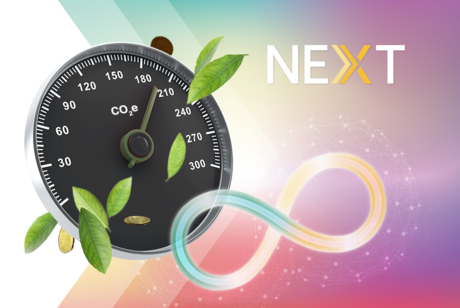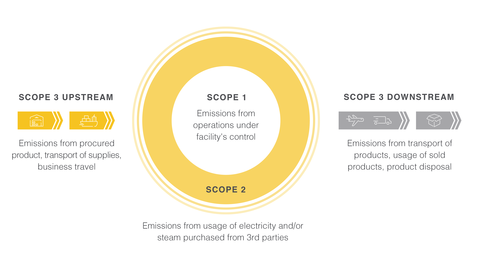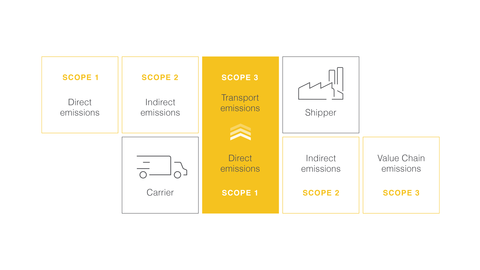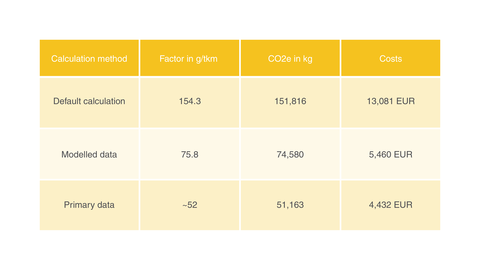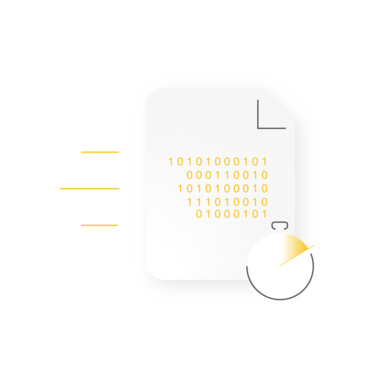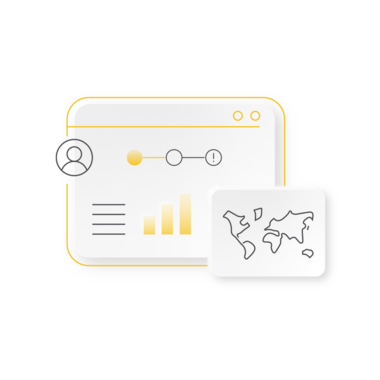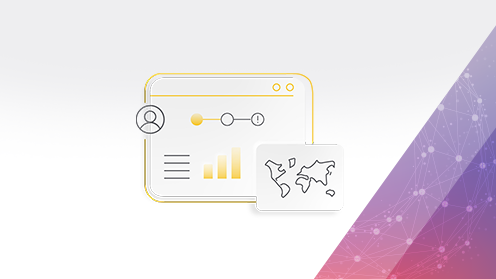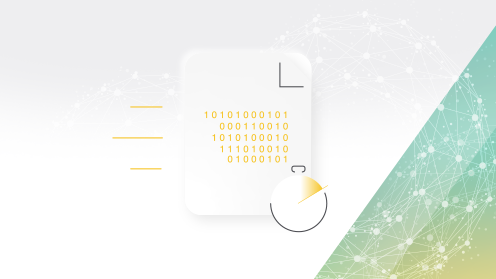Highlights from our Q & A
How does Transporeon help to ensure carriers are prepared to share carrier data?
Jakob: One of the things we’ve heard speculated over the past four years on this journey is that carriers don’t want to share data for commercial privacy reasons, but the fact is that every time we ask them, they say yes.
Let’s say I’m a carrier. There are two ways to do it: send the shipper my fuel bills, which means they can now see my cost structure, which for obvious reasons I am uncomfortable with; or I can go to a trusted third party, who can calculate them independently of both of us, with no chance to reverse engineer my cost structure.
When carriers see we can help them with this automated solution, we get a very high success rate. Every time we onboard a shipper, we approach three of their carriers and they are near universally positive in their responses.
What is the financial impact on my business of using the tool?
Jakob: There are strong savings on two levels. First, you have accurate measurements of all emissions on your three Scopes, and of course Scope 3 in particular is complex and time-consuming to allocate without this tool. That’s where the automation comes in and it provides substantial savings in itself.
Second, we need to lower emissions, which means better emissions management. And you have to measure before you can manage effectively. Once you can do that, you can begin to optimise and it’s a question of how far you want to go. There is a huge amount to be saved in both carbon and money.
Are there any plans to use carbon visibility data to inform procurement decision-making?
Anna: It’s already possible specifically for your procurement positions, because we can aggregate all data at a separate carrier level. We are also working to embed it further in the future, so that you can see a predicted CO2 level before assigning the transport.
How do you accredit the data for sustainability reports and is there a compliance check?
Anna: It is very reliable, real and true primary data from various, provable and accepted sources, such as your TMS or the carrier’s telematics. It is accredited by the GLEC framework.
Can you calculate emissions in the tendering phase?
Anna: Not at this moment, but it’s on the roadmap. Meanwhile, you can view past emissions in specific lanes, so that provides some guidance.
How can Carbon Visibility support fleet owners to be more sustainable and win more business?
Anna: The sweet spot Transporeon sits in, an independent party between carriers and shippers, gives us the trust to be a reliable support. We’d encourage carriers to recognise the competitive advantages of being a green carrier. Enabling you as a carrier to have a precise record of emissions means you can work on a decarbonisation strategy alongside your shipper partners to make smart decisions together. Carbon Visibility aims to help you do that.
Do you provide a CO2 calculator on your homepage for customers?
Anna: Not yet, that’s another one for the future. For now we can have a one-to-one with your specific team, and we can very quickly and easily take a data set and show you what your dashboard might look like. We encourage you to contact us and we can begin the conversation, with no obligation to your business.
